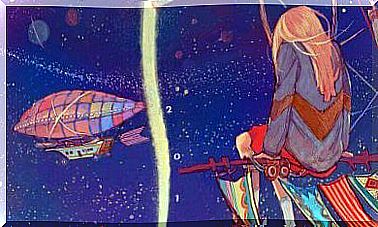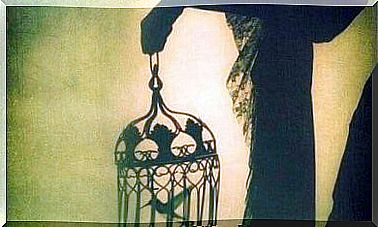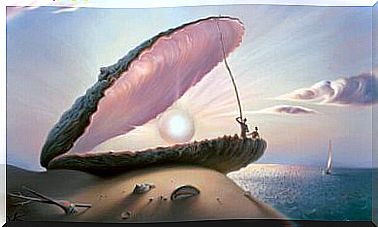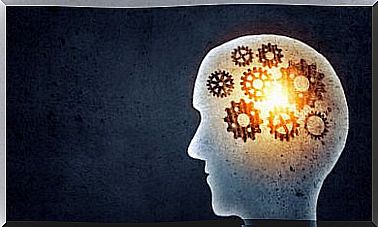Ishikawa’s Diagram For Solving Problems

The Ishikawa diagram, also known as a fishbone diagram, is an essential tool in a company’s quality processes. Using this tool, existing problems can be analyzed by clarifying the causes of the problems. It also allows working groups to understand what obstacles are blocking the potential of the organization.
Just by reading the name of this analysis technique, one can already feel that its origin is not exactly Anglo-Saxon. The Japanese are great business strategists, and there is good reason for a good part of their products, technologies and resources in our market. It was Kaoru Ishikawa, a Japanese industrial chemist and business administrator, who introduced this idea in 1943.
Today, Ishikawa is considered to be one of the great gurus of quality processes in any organization. We owe him this famous diagram to analyze the cause of problems in a company.
But he was also one of the first voices to stress the need to introduce Total Quality Control (TQC) in production. It must involve everyone in the workplace, from top management to the grassroots.
For him, quality is synonymous with responsibility, ethics and education. If someone neglected these principles, the goals were not met. Likewise, each team needs, depending on its approach, resources to be able to track its progress, problems and existing obstacles. The Ishikawa diagram is one of them. Let’s find out below.

Ishikawa diagram: what is it?
While it is true that the Ishikawa diagram is mostly used in the business environment, we can use it in many other contexts. After all, it is a good mental strategy for analyzing the causes of problems.
However, it is interesting to know its two sides or areas of application. So, we are going to take a detailed look at two ways to use the famous diagram designed by Kaoru Ishikawa.
The cause and effect diagram and the work teams within a company
Any business, no matter how small, meets its daily challenges more or less effectively. One way to become more efficient is to know how to handle incidents, problems and discrepancies that arise at any time.
The Ishikawa diagram can help us ingeniously solve these knots. The keys are as follows:
- All members of the organization (or one of their representatives) must be present
- First of all, the problem is defined, for example, the low production of the last quarter. This will be the head of the fish, or in its case, the effect
- Once the problem has been clarified, we proceed to trace the edges of our fish, which will allow us to define the causes.
- To do this, we follow the following diagram, which exposes the points of analysis or reflection:
- Methods
- Material (equipment)
- Labor (workers)
- Materials
- Environment
- Management
- Each person must contribute by suggesting what are, in their opinion and according to their experience, the causes which are at the origin of this problem.
- The last step is the most decisive : the resolution. These challenges, which have been identified by all, must be resolved
The Ishikawa diagram for our personal development
As we have pointed out, the Ishikawa diagram can be taken outside of social and business spheres to become an ideal strategy in the field of personal development.
Essentially, it is a tool that serves to identify the causes and effects that limit our well-being at the moment and, therefore, we can extrapolate it to almost any life scenario.
Now, how to apply it in our daily life? How can it help us promote our happiness or achieve some vital goals? Consider the following steps.
- We clarify our concern, our fear, our emotional barrier or our problem. For example: I feel stressed
- The second step, as we already know, is to shape the fishbones (which will allow to trace the causes that may have been at the origin of the effect, in this case, stress). To do this, we can rely on the following categories:
- What am I spending time on?
- What is the image I have of myself? Is she good?
- What kind of thoughts do I usually have?
- Who are the people around me?
- Am I doing anything to make myself feel better?

The last step of the Ishikawa diagram applied to the field of personal development or well-being is, once again, the most important. Once we have come to detail and become aware of what causes our discomfort or realities that stand in the way of getting what we want (whether it’s reducing stress, achieving a goal) or generate change), it’s time to think about solutions.
There is no point in making the famous fish-shaped diagram if it does not allow us to generate improvements. So let’s not hesitate to use this original resource for our own benefit.
It’s a valuable analytical exercise that also invites us to be creative in promoting improvements, allowing this fish to move forward in an ocean that is brighter, happier and richer in opportunity.










